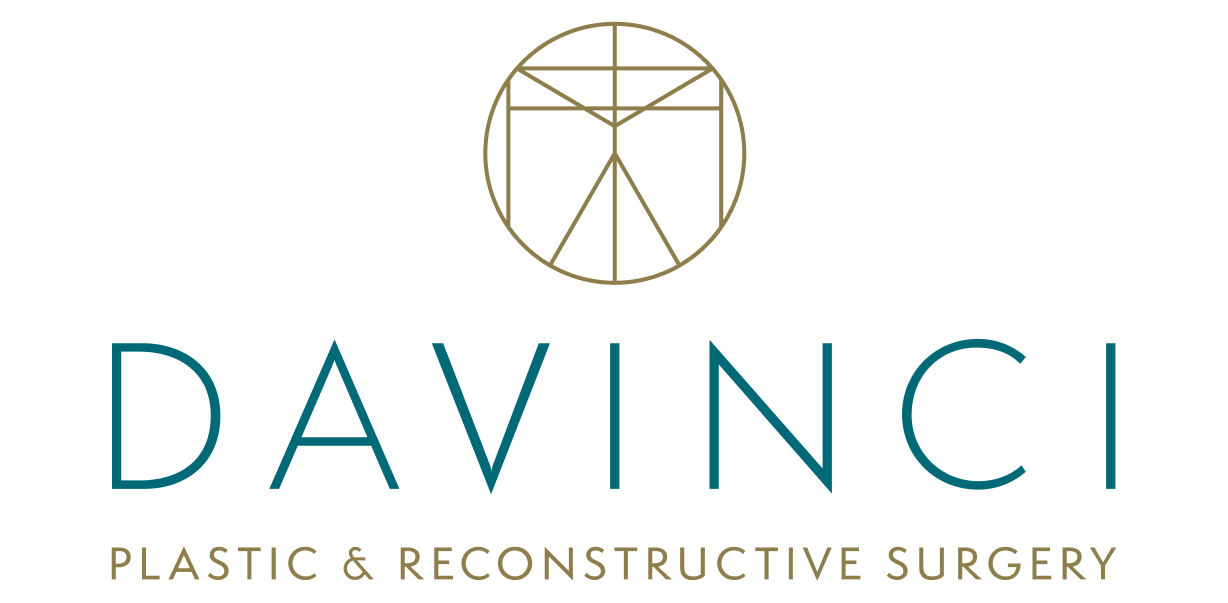Breathe Easier with Rhinoplasty
Posted June 23, 2015 in Age Reversing, AntiAging
Do you have trouble breathing through your nose? One of the possible causes is a deviated septum. This can happen as a result of genetics or an impact caused by an accident or athletic event. A deviated septum makes breathing difficult because the bone and cartilage that is supposed to be down the center of […]
Read More






